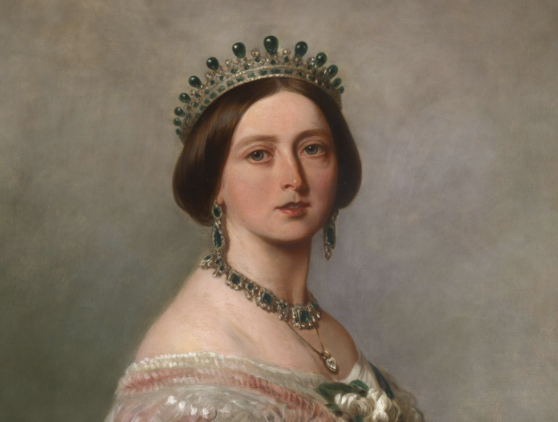
The speculation began in 2003, when biographer A.N. Wilson suggested that Queen Victoria’s true father was not Edward, Duke of Kent – the fourth son of George III – but instead an Irish-born soldier named John Conroy, whose family hailed from County Roscommon. Conroy, the son of a barrister, served as an equerry to the Duke of Kent and was closely involved with Victoria’s mother – leading Wilson to propose that their relationship might have resulted in the birth of Britain’s future queen.
Wilson based much of his theory on medical evidence. He pointed out that none of Victoria’s many descendants seemed to have inherited porphyria, a hereditary condition long believed to have affected George III. Not one of Victoria’s nine children or 42 grandchildren displayed symptoms of the disorder. Conversely, several of her offspring did inherit haemophilia – a blood disorder previously unseen in the royal family. This, Wilson argued, suggested that Victoria’s genetic line may have diverged from the House of Hanover.
Enter John Conroy: though born in Wales, he was educated in Dublin and joined the army at 17. He married into a well-connected family, which led to his introduction to the Duke of Kent. Following the duke’s marriage in 1818, Conroy quickly became indispensable—not only to the duke but also to his wife, the Duchess of Kent, who faced considerable pressure to produce an heir. Wilson noted that Conroy, being in his thirties, was more likely to father a healthy child than the duke, who was over fifty at the time.
The Duke of Kent died less than a year after Victoria was born on May 24, 1819. After his death, Conroy’s influence over the duchess grew, and he became comptroller of her household. Alongside the duchess, he imposed a rigid and controlling upbringing on the young princess – something Victoria would later deeply resent. Conroy and the duchess tried repeatedly to secure influence over the future queen, hoping to control her when she took the throne. However, one of Victoria’s first acts as monarch was to remove Conroy from her household. She would go on to defend her mother against persistent gossip suggesting a romantic connection with Conroy, even during her widowhood. Wilson, however, believed the relationship may have begun shortly after the duchess’s marriage.
In recent years, however, Wilson has revised his position. His change of heart is due in part to a careful re-examination of portraits of George III. In Victoria’s later years, he now sees a clear resemblance – particularly in their prominent noses and bulging eyes. More significantly, Wilson has re-evaluated the medical arguments. Fresh studies cast doubt on whether George III actually suffered from porphyria at all, and haemophilia, it turns out, can result from spontaneous genetic mutations—potentially explaining its sudden appearance in Victoria’s line.
Now convinced that Edward, Duke of Kent, was indeed Queen Victoria’s biological father, Wilson has closed the case he once opened. The monarch who lent her name to an entire era is, beyond doubt, a legitimate sovereign.

